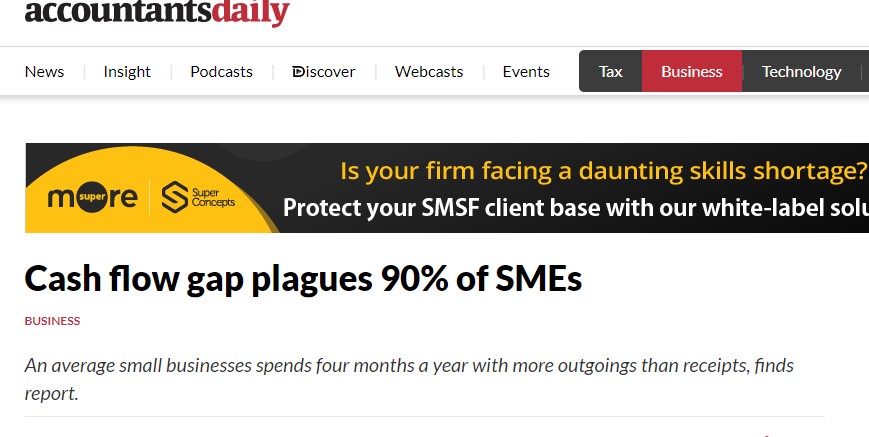Profit Margin vs Markup can be calculated and result in different outcomes

Profit margin and markup are separate accounting terms that use the same inputs and analyze the same transaction yet show different information.
Both profit margin and markup use Revenue and costs as part of their calculations. The main difference between the two is that a profit margin refers to sales minus the fee of goods sold, while markup is the amount by which the cost of good increases to get to the final selling price.
Profit Margin needs to be healthy
Understanding these two terms can help ensure that price setting is done to get the best profit for your product or service.
If the price setting is too low or too high, it can result in lost sales or profits. Over time, a company’s price setting can also have an inadvertent impact on market share since the price may fall far outside of the prices charged by competitors.
KEY TAKEAWAYS to generate profits from your profit margin
- Profit margin and markup are separate accounting terms that use the same inputs and analyze the same transaction, yet they deliver different results
- ion.
- Profit margin refers to the Revenue a company makes after paying the cost of goods sold (COGS).
- Markup is the retail price for a product minus its cost.
Understand your profit terms
An understanding of the terms revenue, cost of goods sold (COGS), and gross profit are important.
Your Revenue refers to the income earned by a business for selling its goods and services.
COGS refers to the expenses incurred by manufacturing or providing goods and services.
GROSS PROFIT profit refers to any revenue left over after covering the expenses of providing a good or service.
Making sure your cost of goods to Revenue is important
Monitoring the gross profit margin is essential for several reasons, as it provides critical insights into your business’s financial health and operational efficiency. Here are the key reasons why:
A higher margin suggests that the company is selling products at a higher markup over its costs, signifying better profitability.
It’s important to monitor profitability
Monitoring gross profit margin helps you as the business owner identify trends in cost structures and take action to manage costs more effectively. If the margin is declining, it could signal rising production costs or pricing pressure, prompting a review of suppliers, costs, or production processes.
Your product’s gross profit margin can influence pricing strategies. Understanding the margin allows businesses to adjust prices without dipping below profitability thresholds. It’s crucial Businesses can identify the most and least profitable by monitoring gross profit margins for different products or services. This information can guide resource allocation, product development, and marketing strategies to focus on the most lucrative areas.
Yes, increasing your markup can potentially lead to better gross profit margins, but it’s important to approach this strategy carefully to ensure it doesn’t negatively impact sales
Here are some considerations and strategies for increasing your markup:
Before raising prices, it’s crucial to understand your market’s price sensitivity. If your customers are price-sensitive, a higher markup could lead them to competitors. Market research and testing can help you assess how price changes might impact demand.
After adjusting your markup, closely monitor sales data and customer feedback. This will help you understand the impact of price changes on demand and customer satisfaction. Be prepared to adjust your strategy if you see adverse effects on sales volume.
While focusing on increasing markup, look for ways to reduce costs without compromising quality. Improved cost efficiency can enhance your profit margins without needing to rely solely on price increases.
Consider implementing price increases gradually. Sudden, significant increases can shock customers and drive them away. Smaller, incremental increases might be more palatable and less likely to cause a negative reaction.
Profit Margin and examples
Profit margin refers to the Revenue a company makes after paying COGS. The profit margin is calculated by taking Revenue minus the cost of goods sold.
The difference is shown as a percentage of gross Revenue.
For example, if a company sells a product for $100 and it costs $30 to manufacture the product, its margin is $70 or 70% gross margin
Profit margin is sales minus the cost of goods sold. Markup is the percentage amount by which the cost of a product is increased to arrive at the selling price.
Markup
Markup shows how much more a company’s selling price is than the amount the item costs the company.
Therefore the greater the markup, the more revenue a company makes. Markup is the retail price for a product minus its cost, but the margin percentage is calculated differently. In our earlier example, the markup is the same as gross profit (or $30) because the Revenue was $100 and costs were $70. However, the markup percentage is shown as a percentage of costs as opposed to a percentage of Revenue.
However, using the same numbers as above, the markup percentage would be 42.9%, or ($100 in Revenue – $70 in costs) / $70 costs.
Profit margin and markup show two aspects of the same transaction. Profit margin shows profit as it relates to a product’s sales price or Revenue generated. Markup shows profit as it relates to costs.
Markup usually determines how much money is being made on a specific item relative to its direct cost, whereas profit margin considers total Revenue and total costs from various sources and various products.















